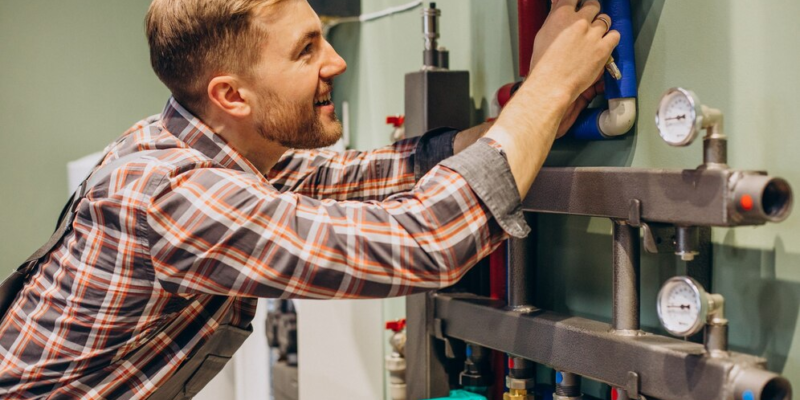Installing high efficiency steam boilers is a smart investment for industrial and commercial applications. These systems are designed to minimize energy consumption and reduce operational costs. However, making the right decisions during installation is crucial to ensure optimal performance and longevity.
Various factors must be carefully evaluated to achieve the desired efficiency and functionality. From energy requirements to maintenance plans, each element plays a significant role in the system’s overall success.
Steam Boilers Assessing Energy Efficiency Requirements
Understanding your energy efficiency needs is the first step. Every facility has unique heating requirements based on its operations and size. Analyze your current energy usage and identify areas where improvements can be made.
The high-efficiency steam boilers come in various models with different efficiency ratings. Choose a system that aligns with your energy-saving goals while meeting production demands.
Choosing the Right Steam Boiler Size
Selecting the right size boiler is critical to efficient operation. An oversized system will waste energy, while an undersized one may struggle to meet demand. Consider factors such as peak load requirements and seasonal fluctuations in heating needs.
Working with high efficiency steam boilers professionals can help you accurately determine the appropriate boiler size. Proper sizing ensures consistent performance and reduced energy waste.
Evaluating Fuel Type and Cost Efficiency
Fuel type is another important consideration. Different boilers operate on various fuels, including natural gas, propane, and diesel. The choice of fuel impacts both operational costs and environmental impact.
Natural gas is often the preferred option due to its efficiency and cleaner combustion. However, fuel availability and pricing should also be assessed to make an informed decision.
Importance of Advanced Control Systems
Modern high efficiency steam boilers come equipped with advanced control systems. These systems allow operators to monitor and adjust performance in real time. Automated controls ensure consistent operation and help optimize energy use.
Look for features such as load management and remote monitoring. Investing in intelligent control systems can significantly enhance efficiency and simplify maintenance tasks.
Ensuring Proper Ventilation and Insulation
Effective ventilation and insulation are essential for maintaining boiler efficiency. Poor ventilation can lead to heat loss and reduced performance, while inadequate insulation increases energy consumption.
Ensure that the boiler room is well-ventilated and that piping and other components are insulated. Proper insulation helps maintain the desired temperature and prevents energy waste.
Routine Maintenance for Long-Term Efficiency
Regular maintenance is essential to keep high efficiency steam boilers running at peak performance. Scheduled inspections and cleaning prevent potential issues and extend the lifespan of the system.
Create a maintenance schedule that includes tasks such as checking water levels, inspecting burners, and cleaning heat exchangers. Staying proactive with maintenance reduces the risk of unexpected breakdowns and costly repairs.
Conclusion
Installing high efficiency steam boilers requires careful consideration of various factors. From choosing the right size and fuel type to ensuring proper ventilation and routine maintenance, each decision impacts efficiency and performance.
Taking the time to assess your facility’s unique requirements and investing in advanced features will yield long-term energy savings. A well-planned installation ensures a reliable and efficient heating solution that supports operational goals.












Comments